

| ||
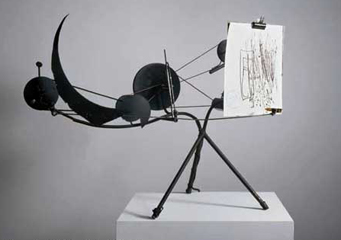
|

|
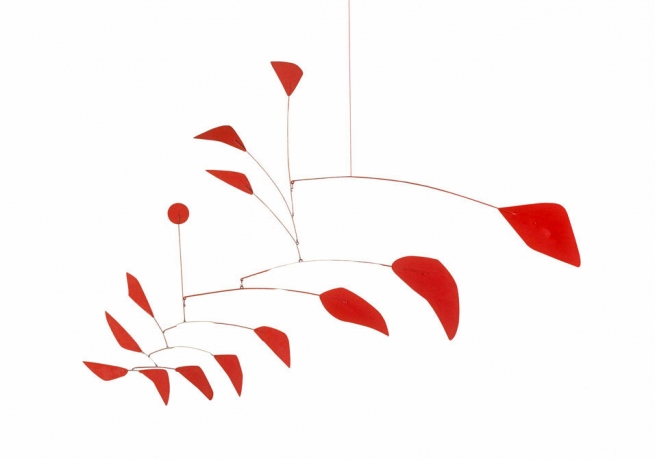
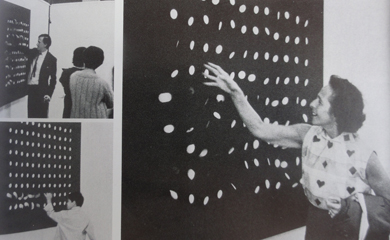
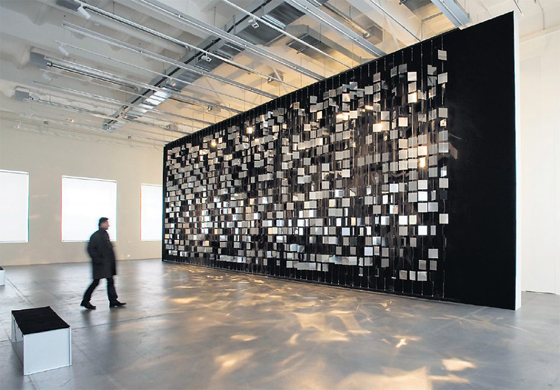 | ||
Julio Le Parc, «Continuel Mobile» (1963), im Haus Konstruktiv Zürich |
|
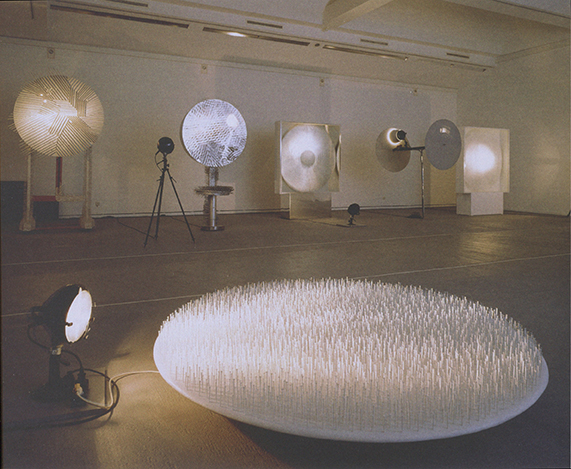
 | ||
| Mona Hatoum, + and - Self-Erasing Drawing, d 400cm, 1994-2004 Mona Hatoum Exhibition at Centre Pompidou Paris 2015 |
|
| Zimoun, Selected Works 3.6 Studio Zimoun, Bern |
| John Edmark: Blooms. Strobe-Animated Sculptures These 3-D printed sculptures, called blooms, are designed to animate when spun under a strobe light. The placement of the appendages is determined by the same method nature uses in pinecones and sunflowers. The rotation speed is synchronized to the strobe so that one flash occurs every time the sculpture turns 137.5º—the golden angle. If you count the number of spirals on any of these sculptures you will find that they are always Fibonacci numbers. For this video, rather than using a strobe, the camera was set to a very short shutter speed (1/4000 sec) in order to freeze the spinning sculpture. John Edmark is an inventor/designer/artist. He teaches design at Stanford University. Visit John's website here: JohnEdmark.com |

| ||
| Conrad Shawcross, The Limit of Everything [2010] conradshawcross.com |
Conrad Shawcross, «The Ada Project », 2013. Vue de l’exposition « Nouvelles vagues », 2013, Palais de Tokyo (Paris). An industrial robot transformed into a choreographed light sculpture informs a series of musical commissions inspired by Ada Lovelace (1815-1852). Inspired by the life of the Victorian mathematician, artist Conrad Shawcross has transformed an industrial robot into a choreographed light sculpture which forms the origin of a series of musical commissions and residencies by leading female composers and performers. The performative installation unfolds over the course of the summer in both the Palais de Tokyo and the artist's London studio. |